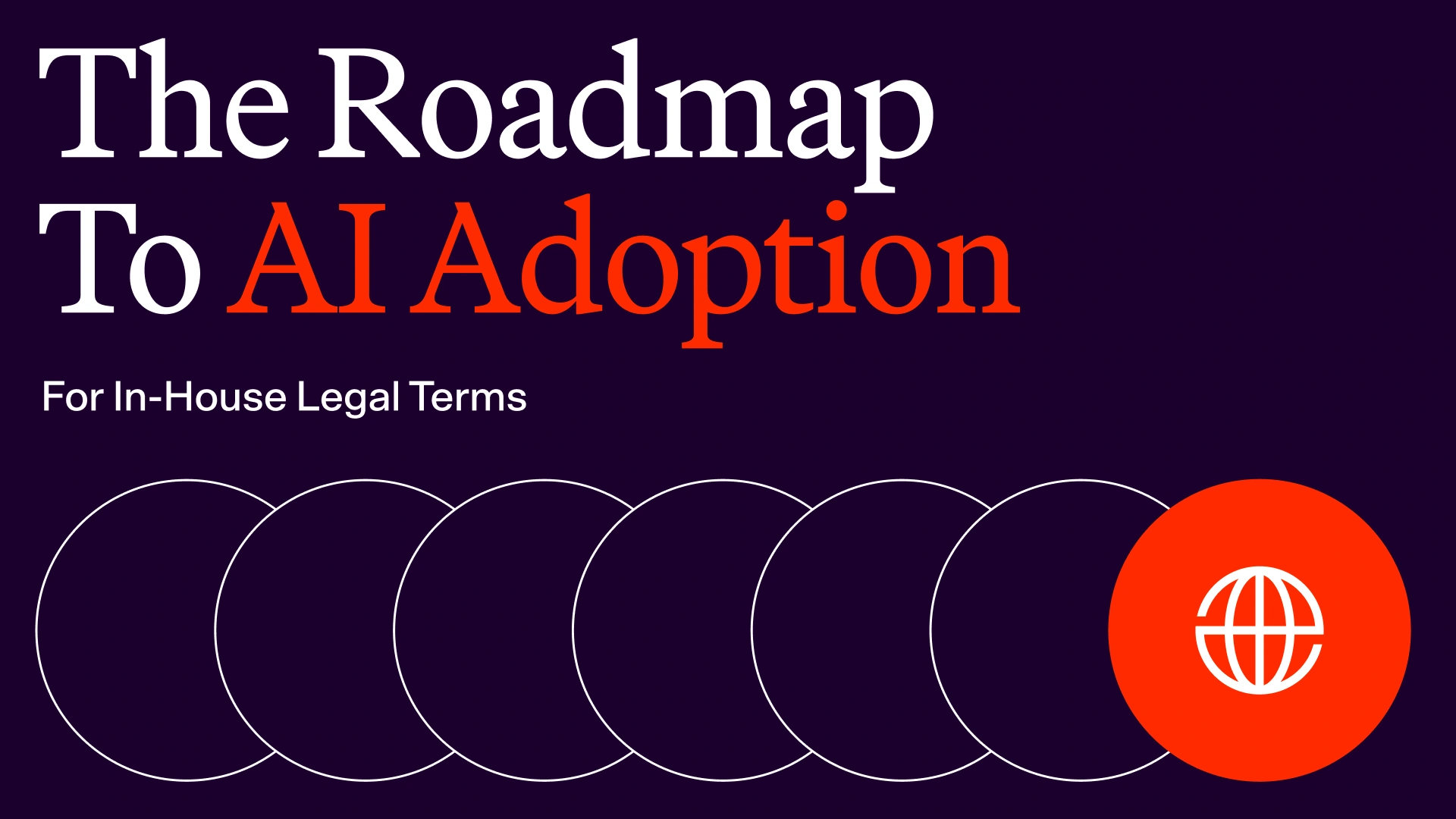Confidentiality Clauses: Review and Negotiate with AI
What is a Confidentiality Clause?
A confidentiality clause is a key part of many business agreements. It helps protect important information that companies share with each other.
This legally binding provision establishes a clear framework for protecting valuable data shared between parties. At its core, a confidentiality clause defines what constitutes confidential information, outlines how it can be used, and sets forth the obligations of the receiving party to maintain its secrecy.
Key parts of confidentiality clauses include:
- What's confidential: Clearly states what information needs protection
- Obligations: Explains how to keep the information private and confidential
- Permitted uses: Outlines how the recipient can use the information
- Exceptions: Lists when the rules don't apply (like if the information becomes public through no fault of the recipient)
- Duration: States how long the information must be kept confidential
- Remedies: Explains what happens if someone breaks the rules
Confidentiality clauses are crucial for protecting valuable business information, maintaining competitive advantages, and preserving trade secrets. They provide a legal framework for sharing sensitive information while minimizing the risk of unauthorized disclosure or misuse.
When to Use Confidentiality Clauses?
Confidentiality clauses are versatile tools that find their place in a wide array of business contexts and legal documents. Their adaptability makes them indispensable in protecting sensitive information across various scenarios. In standalone Non-Disclosure Agreements (NDAs), these clauses take center stage, forming the backbone of the entire document. However, their utility extends far beyond dedicated confidentiality agreements.
During the early stages of business negotiations, confidentiality clauses often appear in Letters of Intent (LOIs), safeguarding sensitive information exchanged before a formal agreement is reached. They're equally crucial in consulting agreements, where external experts gain access to a company's inner workings. In the realm of employment, these clauses help protect company secrets from being disclosed by employees, both during and after their tenure.
Business partnerships, mergers, and acquisitions are other areas where confidentiality clauses play a vital role. As companies collaborate or consider joining forces, the exchange of sensitive information becomes necessary, and these clauses ensure that such data remains protected throughout the process. In technology-related agreements, such as software development contracts or licensing deals, confidentiality clauses safeguard valuable intellectual property, including proprietary algorithms and source code.
Research and development collaborations also benefit greatly from these provisions, as they protect innovative ideas and experimental results from premature disclosure. Even in more routine business relationships, such as those with vendors and suppliers, confidentiality clauses help maintain the secrecy of business processes, pricing strategies, and other competitive information.
Negotiating Confidentiality Clauses
Negotiating an effective confidentiality clause requires a delicate balance between protecting sensitive information and maintaining fairness for all parties involved. When negotiating confidentiality clauses, consider these key points:
- Definition of confidential information: Be clear but not overly broad. Include relevant examples while stating any exclusions or exceptions.
- Permitted uses: Specify how the confidential information can be used, limiting it to the agreed-upon objectives of the contract. This helps prevent misuse of the information for unauthorized purposes.
- Duration: Negotiate a reasonable timeframe for confidentiality obligations based on the nature of the information and industry standards.
- Return or destruction: Include provisions for returning or destroying confidential information when the agreement ends, while allowing for necessary legal retention.
- Exceptions for legally required disclosures: Allow for sharing information if required by law or court order, but require prompt notification to the disclosing party.
- Standard of care: Clearly state the level of protection required, often using the same degree of care the receiving party uses for its own confidential information.
- Disclosure to representatives: Define who qualifies as a representative (e.g., employees, advisors) and require them to follow the same confidentiality rules.
- Prohibitions on analysis: Consider including provisions that prohibit analyzing or reverse-engineering confidential information for unauthorized purposes.
- Remedies for breach: Specify consequences for breaking confidentiality, which may include injunctive relief and monetary damages.
- Survival of obligations: Ensure that confidentiality obligations continue even after the main agreement ends.
- Data privacy and security: Address required data protection measures and compliance with relevant privacy laws like GDPR or CCPA.
Strive to create an agreement that protects all parties' interests and supports a strong business relationship. Consider consulting with legal experts to ensure your confidentiality clause meets your specific needs and aligns with relevant laws and regulations.
AI Contract Review for Confidentiality Clauses
To give you a sense for the benefits of leveraging AI Contract Review Software trained by lawyers, we’ve selected some sample language our software presents to customers during a review of Confidentiality Clauses in Master Service Agreements (MSAs). Keep in mind that these are static in this overview, but dynamic in our software - meaning our AI identifies the key issues and proactively surfaces alerts based on importance level and position and provides suggested revisions that mimic the style of the contract and align with party names and defined terms.
If you’d like to see more, we invite you to book a demo.
Sample Clause for Customer Position:
Except to the extent otherwise provided herein, “Confidential Information” means: (a) all information in any form disclosed by or on behalf of Customer to Provider or Provider’s employees under this Agreement, including Customer Materials; and (b) all information learned, observed, or acquired during the performance of this Agreement and each SOW. Confidential Information as set forth above shall not include information that (a) the party receiving such information (the "Receiving Party") can demonstrate was in the public domain at the time it was disclosed to it by the other party (the "Disclosing Party"); (b) entered the public domain after the time it was disclosed to the Receiving Party by or on behalf of the Disclosing Party through no breach of this Agreement; (c) was rightfully disclosed by a third party to the Receiving Party, free of any obligation of confidentiality; or (d) was independently developed by the Receiving Party without access to Confidential Information.
Guidance for Customer Position:
Without clear parameters around what constitutes confidential information, there is a risk that the parties may later disagree on whether certain information disclosed during the course of the engagement was intended to be kept confidential. This could potentially lead to disputes or even inadvertent disclosures of sensitive information.
To mitigate this risk, the customer could propose language that comprehensively defines what types of information shall be deemed confidential under the MSA. This might include any non-public business, financial, technical or other proprietary information disclosed by the customer, whether orally or in writing, as well as any notes, analyses, compilations, studies, or other materials prepared by the provider based on such information. The definition should be broad enough to encompass all information the customer wishes to protect.
Example Alerts That AI Contract Review May Flag for Customer:
- May be missing an article specifying that the receiving party shall not disclose confidential information to any third party without the disclosing party's prior written approval or use such information other than to perform its obligations under the MSA.
- May be missing language specifying the conditions under which information shall be considered to be confidential under the agreement.
- May be missing language specifying that confidential information means any information disclosed by or on behalf of customer to provider or provider's employees under this agreement.
- May be missing language specifying that confidential information includes any information learned, observed, or acquired during the performance of the agreement.
Sample Clause for Provider Position
“Confidential Information” means any non-public technical, business, or other information in any form disclosed by a party (the “Disclosing Party”) to the other party (the “Receiving Party”) that is clearly marked or labeled “confidential” or is disclosed under circumstances reasonably indicating it should be treated as confidential. “Confidential Information” expressly excludes information that (a) was in the public domain at the time it was disclosed to the Receiving Party by the Disclosing Party; (b) entered the public domain after the time it was disclosed to the Receiving Party by the Disclosing Party through no breach of this Agreement; (c) was rightfully disclosed by a third party to the Receiving Party, free of any obligation of confidentiality; or (d) was independently developed by the Receiving Party without any reference to or reliance upon Confidential Information.
Guidance for Provider Position
The MSA should clearly define what constitutes confidential information. Without a sufficiently clear definition, the receiving party risks not protecting certain sensitive information as required by the MSA. For example, if the receiving party receives information that is not marked as "confidential" it may not realize it is obligated to protect such information.
To mitigate this risk, the receiving party could push for language stating that confidential information means any information disclosed to it by or on behalf of the disclosing party that is marked or otherwise identified as "confidential" at the time of its disclosure. Such a requirement provides a clear understanding of what the receiving party is and is not obligated to protect in accordance with the confidentiality and non-use obligations of the MSA, without which it may unwittingly become liable for a failure to do so.
Example Alerts That AI Contract Review May Flag for Provider:
- May be missing an article specifying that the receiving party shall not disclose confidential information to any third party without the disclosing party's prior written approval or use such information other than to perform its obligations under the MSA.
- May be missing language specifying the conditions under which information shall be considered to be confidential under the agreement.
- May include language specifying that confidential information means any information disclosed by or on behalf of customer to provider or provider's employees under this agreement.
- May include language specifying that confidential information includes any information learned, observed, or acquired during the performance of the agreement.
- May be missing language specifying that confidential information means any information marked or labeled confidential.
- May be missing language specifying that confidential information includes any information disclosed under circumstances reasonably indicating confidentiality.
Simplifying Your Confidentiality Clause Negotiations with AI
As we've explored, confidentiality clauses are critical components in various business agreements, from NDAs to employment contracts. However, negotiating these clauses effectively requires careful attention to legal nuances and potential pitfalls.
This is where AI-powered contract review comes into play. By leveraging advanced machine learning algorithms trained by experienced lawyers, LegalOn helps lawyers and legal teams:
- Quickly identify key issues in confidentiality clauses
- Provide context-specific alerts based on your position
- Offer tailored suggestions for improvements
- Ensure compliance with relevant laws and industry standards
The sample AI-powered insights we've shared demonstrate how LegalOn can enhance your contract review process, making it more efficient, thorough, and aligned with best practices.
To experience the power of AI in confidentiality clause negotiations, we invite you to see it in action. Book a demo today to explore how our AI-powered contract review software can transform your approach to drafting and negotiating confidentiality clauses.
Experience LegalOn Today


.svg)









